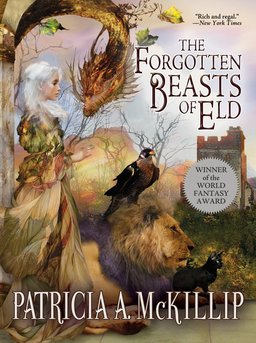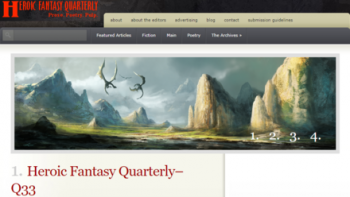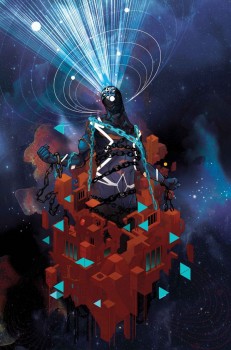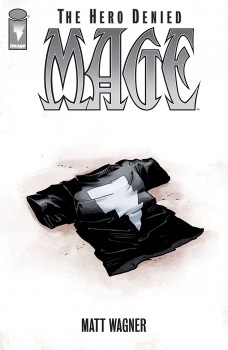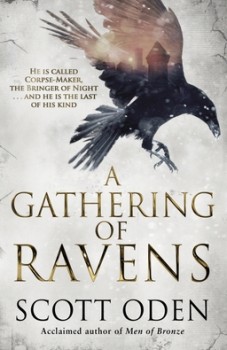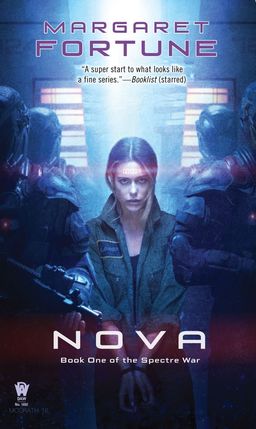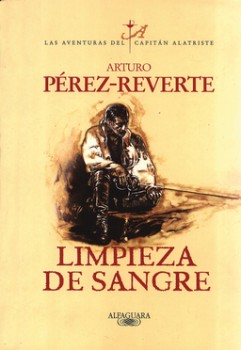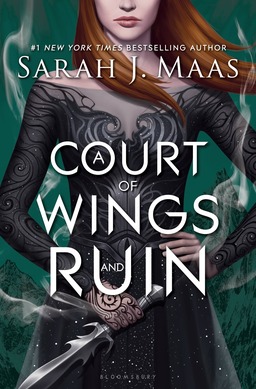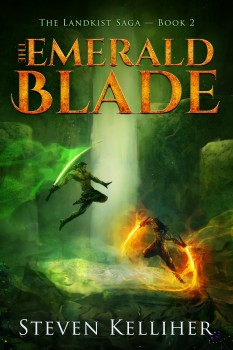The Complete Carpenter: The Thing (1982)
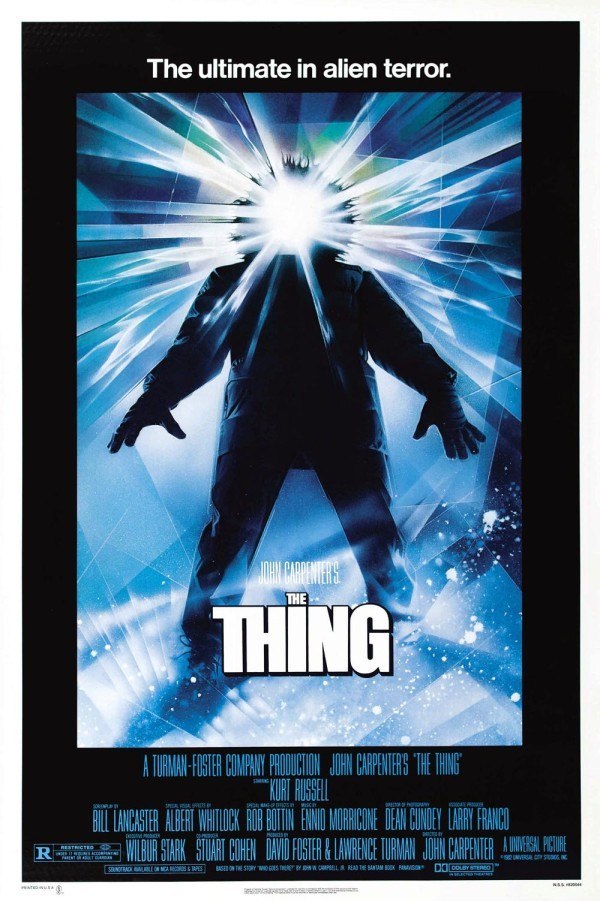 If you’re a fan of the career of director John Carpenter, you probably have an idiosyncratic favorite among his pictures. The one that has special meaning for you, possibly because of nostalgia, a particular theme, or sheer rewatchability. I’ll telegraph ahead in this series and mention that In the Mouth of Madness is one of those special Carpenter films for me. Looking backward, Assault on Precinct 13 is the Carpenter movie I’m mostly likely to rewatch, and it rises in my estimation each time I return to it. One of my close friends is deeply in love with Big Trouble in Little China, and his wife roots hard for Christine. Carpenter’s catalog has a range of minor-league wonders, and I can’t feel upset for anyone picking offbeat choices. I’ve even heard stimulating defenses of The Ward, which (spoilers for future reviews) I think is Carpenter’s worst film.
If you’re a fan of the career of director John Carpenter, you probably have an idiosyncratic favorite among his pictures. The one that has special meaning for you, possibly because of nostalgia, a particular theme, or sheer rewatchability. I’ll telegraph ahead in this series and mention that In the Mouth of Madness is one of those special Carpenter films for me. Looking backward, Assault on Precinct 13 is the Carpenter movie I’m mostly likely to rewatch, and it rises in my estimation each time I return to it. One of my close friends is deeply in love with Big Trouble in Little China, and his wife roots hard for Christine. Carpenter’s catalog has a range of minor-league wonders, and I can’t feel upset for anyone picking offbeat choices. I’ve even heard stimulating defenses of The Ward, which (spoilers for future reviews) I think is Carpenter’s worst film.
However, general consensus says 1982’s The Thing — a remake of the 1951 SF classic The Thing from Another World by way of its source material, John W. Campbell’s 1938 novella “Who Goes There?” — is John Carpenter’s masterpiece. And general consensus is right.
The Story
It’s the first week of the winter-over at US National Science Institute Station 4 (aka Outpost #31) in the Antarctic interior. It doesn’t start well. A helicopter from a Swedish Norwegian base makes an explosive landing at the outpost while trying to gun down a runaway sled dog. The men at the outpost take in the dog and try to figure out what happened, although failed radio communications make it difficult. They investigate the Norwegian base and discover it devoid of life with signs of a horrific violent event. It seems the Swedes Norwegians dug up and thawed out an alien lifeform from a spaceship trapped under the ice pack for thousands of years, and that didn’t turn out that swell for them.
Oops, too late … That adorable sled dog allowed into the US station is actually the alien, which can alter its shape and assimilate other organics while perfectly imitating them on the outside — and it’s started in on the men at Outpost #31. Paranoia and alien transformation freakiness break out. If it takes them over, then it has no more enemies, nobody left to kill it. And then it’s won. World assimilation in 27,000 hours after first contact with civilized areas.
